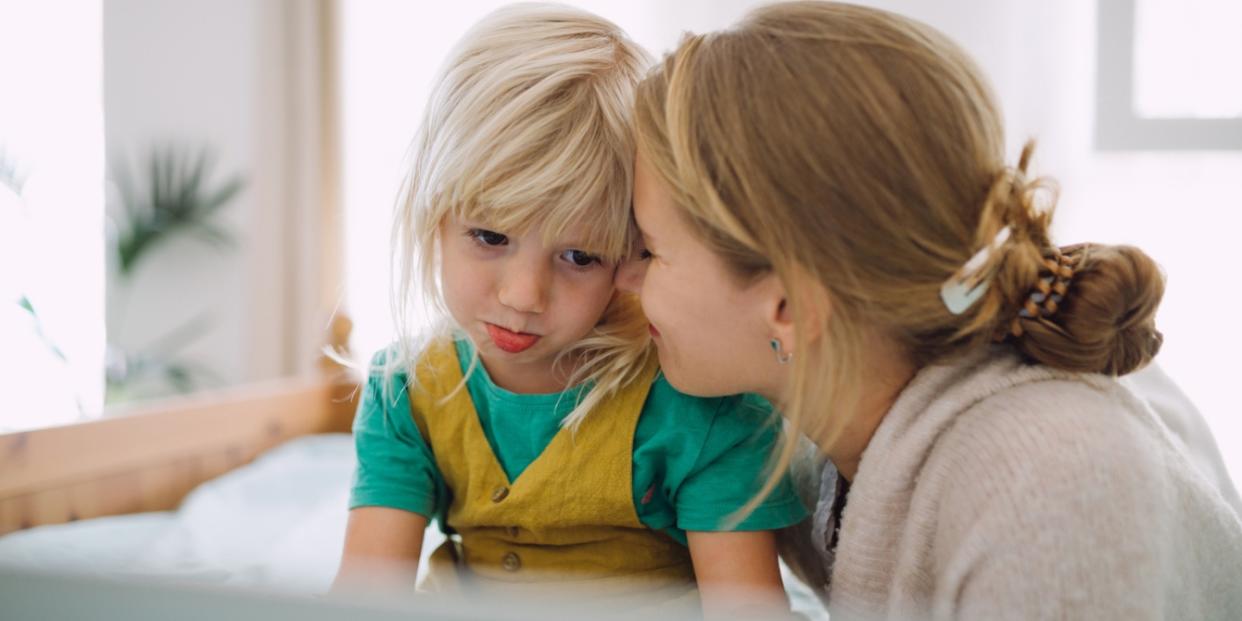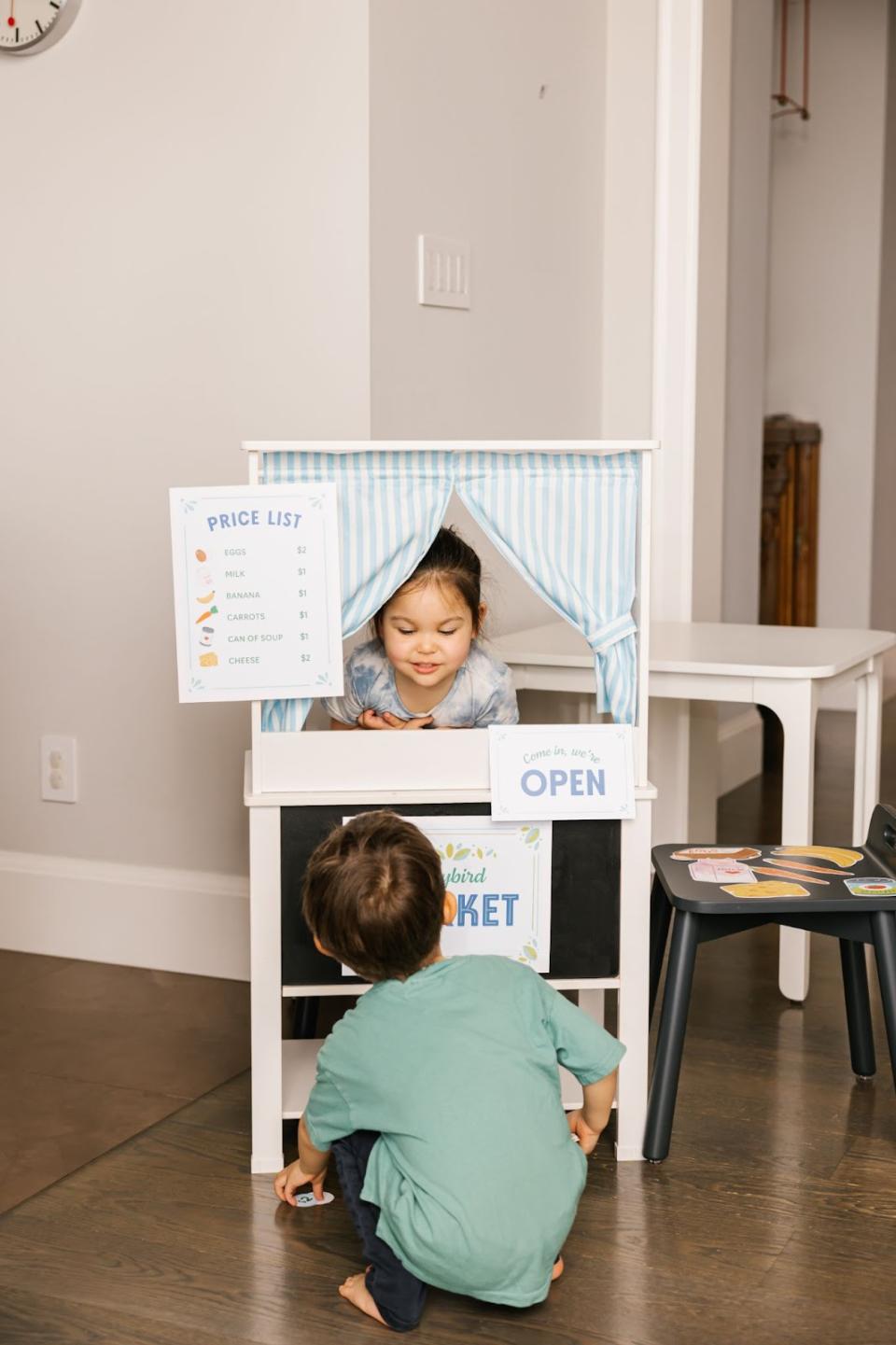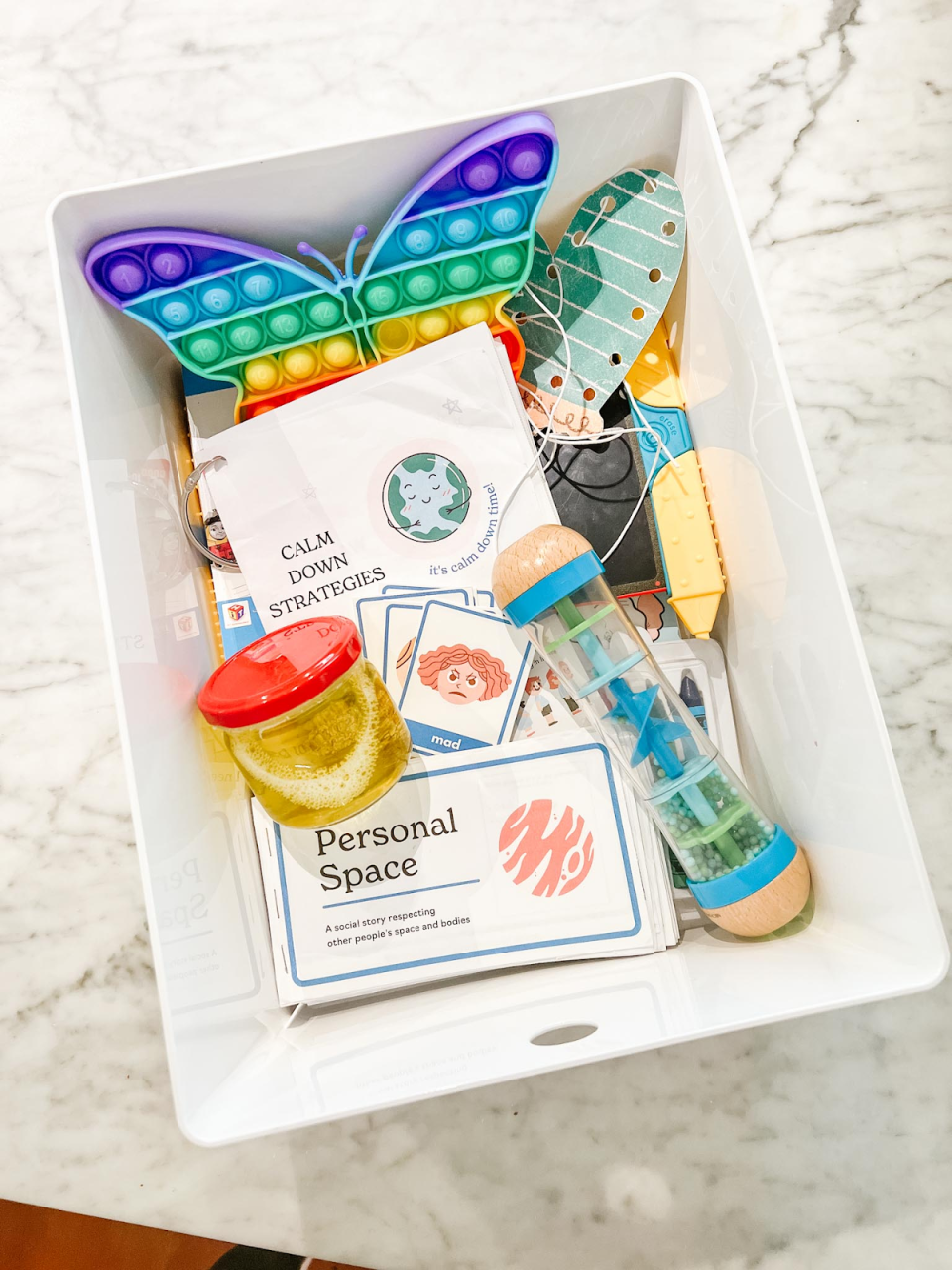Yes, you can train your toddler to have fewer tantrums—all through play

Let’s face it—tantrums are tough for everyone involved. Figuring out how to reduce tantrums is like trying to decipher a puzzle while riding a rollercoaster. I get it: I’m in the thick of it too, with a 6- and 3-year-old, and I want you to know you’re not alone. As a Columbia-educated child development expert, teacher and founder of Earlybird, I’m here to share the research-backed insights and playful strategies I’ve gleaned over the years while working with families across North America (and with my own kids in my own home). My goal is to help you brighten those tough moments and reduce tantrums, all through play.
When tantrums come knocking, it can feel like every day has some sort of storm brewing—and you never know when lightning may strike. But don’t worry, there are solutions for reducing tantrums in your toddlers. It might come as news to many parents who may have believed that quelling tantrums was a one-size-fits-all solution. But researchers at the Yale Center for Emotional Intelligence have uncovered a set of five skills that empower children to navigate the big emotions and work through their feelings independently. Children need to develop the skills to recognize, understand, label, and express their emotions before they can begin mastering the art of self-regulation, also known as calm-down strategies. So parents—we’re not just taming tantrums here; we’re laying a strong foundation and nurturing emotionally intelligent kids who are equipped to have healthy relationships with others.
But when do you teach these 5 skills to your kids?
Timing matters: It’s hard to teach during tantrums
When your little one is in the midst of a full-blown tantrum—tears, frustration, the whole gamut, it’s not the ideal time to dive into life lessons. Why? Well, our current understanding of neuroscience tells us that during tantrums, kids’ brains are in a bit of a frenzy—overwhelmed and bursting with emotions. This isn’t an ideal situation for teaching and learning.
So, what do you do? Playful learning! Teaching your child through games, stories, and activities during calm times is the key to building those vital essential social-emotional skills. Kids are more receptive while they’re calm and playing. They are primed to learn and really soak in what you are teaching them. So use these moments to explore emotions, discuss causes and effects, name feelings, act out scenarios, and practice regulating emotions. This will equip your child with tools in their toolbox that they can use next time a tantrum hits.
How to reduce tantrums through play: 5 ideas to try
Here are some playful ideas from the Earlybird app you can try to build your child’s skills in these 5 key areas:
1. Recognizing emotions
Play emotions charades where you and your child each make different facial expressions and body language movements to convey an emotion, while the other tries to recognize what it is.
2. Understanding causes and consequences of emotions
When you’re reading stories with your child at night, talk about any characters who experience big emotions. Dig into it by asking your child a time they felt the same way as the character, what caused the feeling, and what was the result of the feeling.

3. Labeling (naming) emotions
Build different emotions out of fruits and veggies on your plate and have your child name each one.
4. Expressing emotions appropriately
Use dramatic play by setting up a play grocery store and taking turns acting out happy, sad, or mad customers. Talk about how to express those feelings in ways that are safe for you and those around you.

5. Regulating emotions
Build a calm-down bin for your child. Let them play and explore the bin, and teach them how to use a variety of different calm-down strategies. Then, in the midst of a big feeling, they know they can go and find their bin full of playful calm-down strategies.

Parenting is an adventure, and tantrums are just a part of the journey. But by teaching your child during the calm, receptive times through the magic of play you will equip your kids with the skills they need to move through their emotions—without a tantrum in sight.

 Yahoo Lifestyle
Yahoo Lifestyle 
